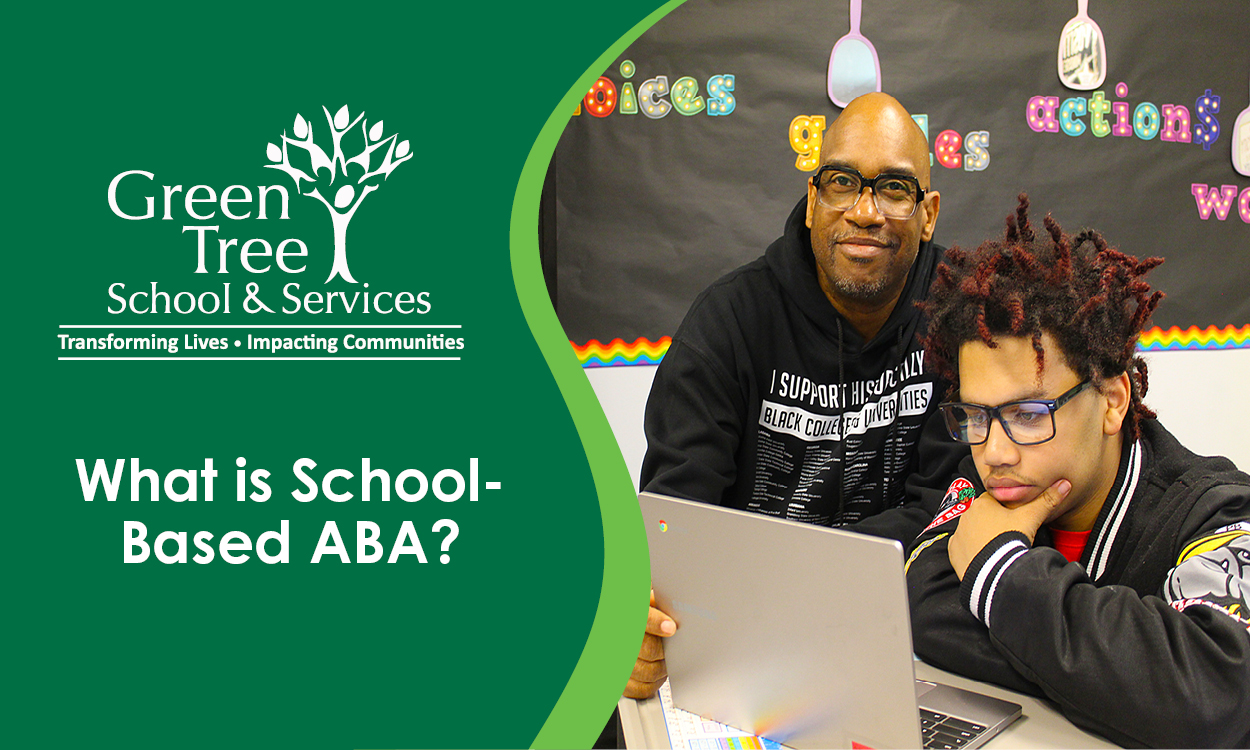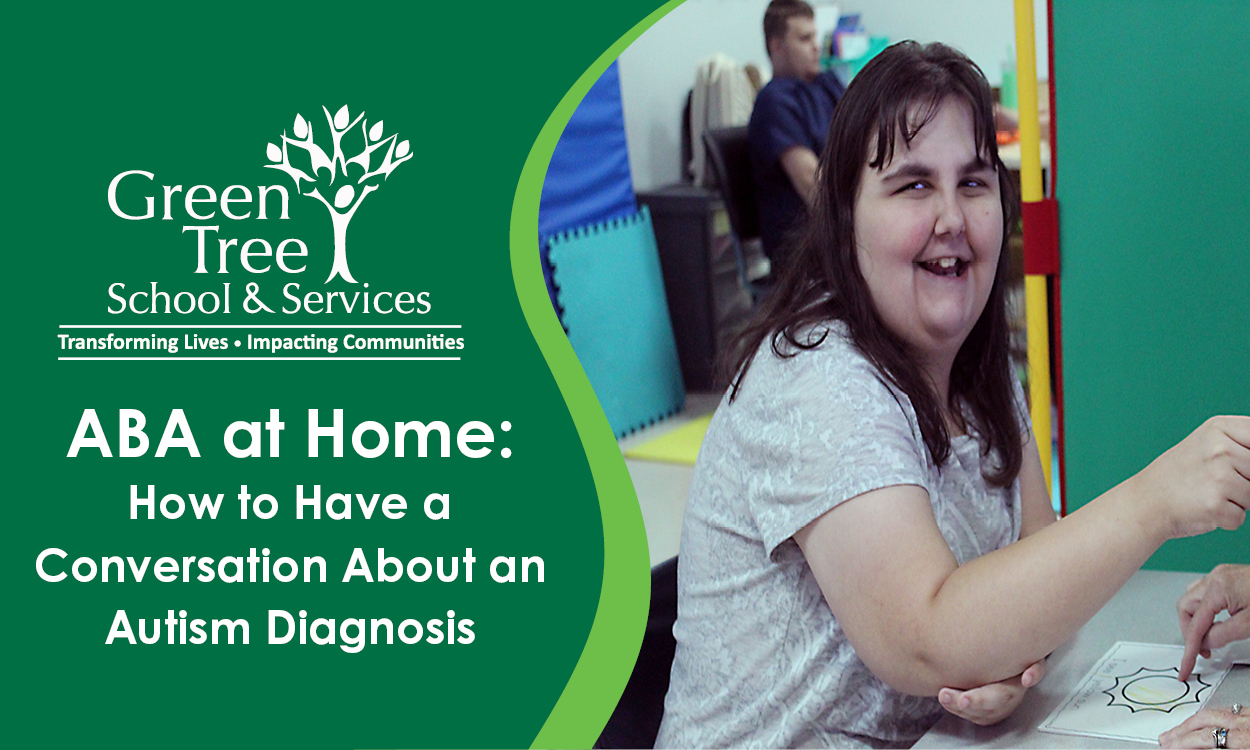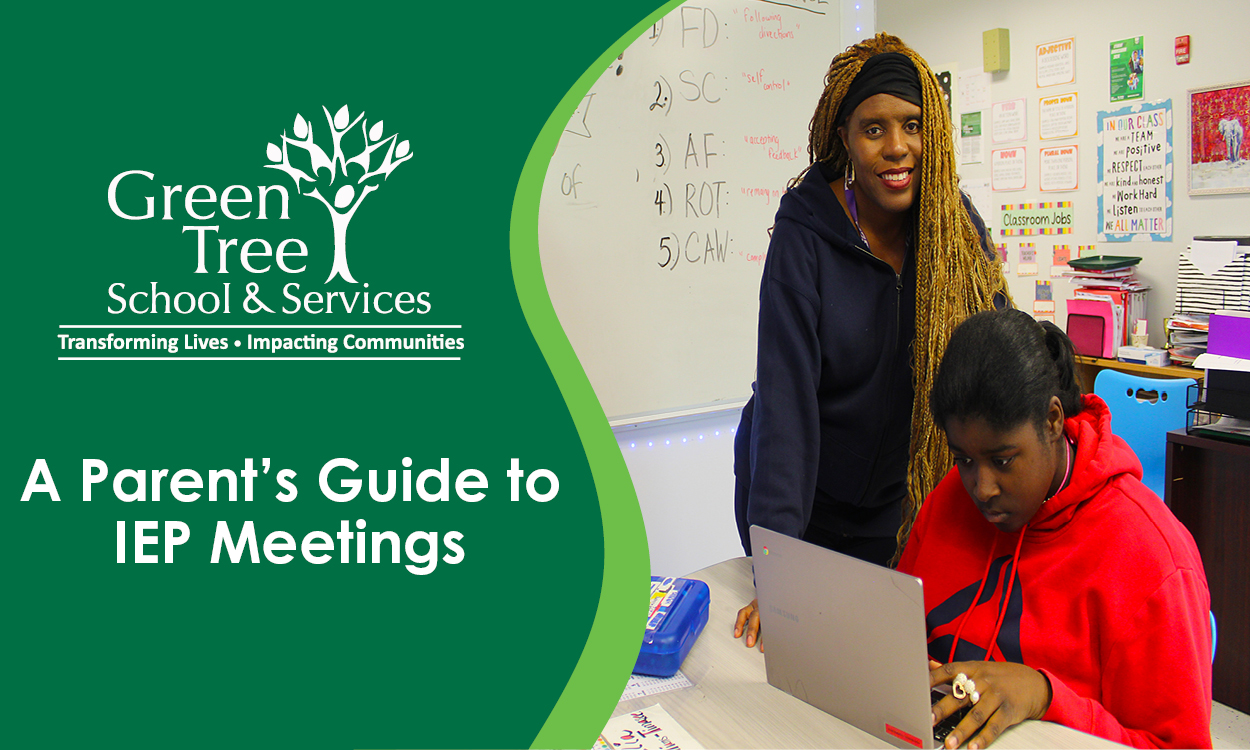The ABCs of ABA: What is DRA?
Posted: July 11, 2022 | Written By: Kelly Newcomer, M.Ed., BCBA | Category: Applied Behavior Analysis

Out of the many tools in the toolbox of Applied Behavior Analysis (ABA), reinforcement is the most powerful. Reinforcement is used in a variety of ways, one of which is Differential Reinforcement of Alternative Behavior (DRA). DRA is when reinforcement is withheld for an inappropriate behavior, and a functionally equivalent or alternative, positive behavior is reinforced.
One classic example of a DRA is: A student in a classroom engages in calling out behavior when the teacher asks questions. This is disruptive to the class and does not let every student get a fair chance at answering questions. To help mitigate this behavior, the school’s Board-Certified Behavior Analyst (BCBA), who is formally trained in ABA, does and assessment and works to determine the reason the student is calling out. From there, the BCBA writes a plan outlining the implementation of a DRA, which works to end the putting the calling out behavior by ignoring the student when the calling out behavior occurs, and reinforcing a replacement behavior, which is hand raising.
It is likely you’ve applied the tenants of DRA at home with your own child. If they have ever put anything in their mouth that they can choke on, and you replaced it with a chew-friendly toy. Or, if they have ever protested going to bed or keep getting up and you offered them a bedtime pass in exchange, which provides them a little extra time with you before they go down for the night. Knowing when and how to offer your child positive alternatives to negative behaviors serves to not only helps reinforce and promote safety and respect, but also helps teach your child different ways for dealing with emotions and navigating social expectations.
DRA can be used with or without extinction. Studies have shown that a DRA is most useful when it is combined with extinction, however, this is not always something that should be implemented with it.
There are cases where the use of extinction should not be used. An example of this might be if someone’s behavior is escape maintained, and one cannot safely block a person from leaving, (i.e., the person is much bigger and it could cause a safety issue to one or both people). Another reason could be if a self-injurious behavior so severe it could cause sever damage to the individual if they continue to engage in the behavior. It is always important to ensure safety is prioritized when using DRA.
Ultimately, DRA is a very powerful tool, but it’s just one of several differential reinforcement methods. Be sure to check back for future posts to learn more of the ABCs of ABA!
Want to be notified of new articles and resources from Green Tree Schools? Click here to submit your email and opt into our newsletter.










